Email Marketing Statistics

Email Marketing Statistics
Nearly three-quarters of businesses spend time and money on email marketing, according to a survey of more than 500 digital marketers. Businesses that regularly send a variety of emails to consumers retain customers and increase engagement.
A Google search of “email marketing is dead” will result in more than 70,000 pages arguing about whether the age of email marketing is over.
But is email marketing really dead? Not according to statistics.
There are more than 4 billion email accounts across the world, and businesses are more successful at reaching consumers through email than social media: 90% of emails reach the correct consumer’s inbox, but only 2% of Facebook followers see a business’s posts in their News Feeds.
Email marketing reaches consumers in ways other technology cannot.
The Manifest surveyed 501 digital marketers at businesses from across the U.S. to discover how they use email marketing.
Businesses can use this report to see how other companies use email marketing and to improve their own strategies.
Our Findings
- Most businesses (69%) spend time and money on email marketing.
- Among businesses that participate in email marketing, most send marketing emails either daily (32%) or weekly (41%).
- Businesses send a variety of emails, but product/company updates (69%), promotional emails (69%), newsletters, (68%), and event invitations (65%) are the most popular.
- When asked about their main goal for email marketing, most businesses want to grow and retain their customer base (29%) or increase engagement (22%).
Most Businesses Use Email Marketing
The majority of businesses use email marketing in their overall marketing strategy.
Sixty-nine percent (69%) of businesses invest time and money in email marketing.

Businesses use email marketing because it successfully delivers results while allowing more control than other platforms.
“Email marketing works,” said David Mihm, founder of newsletter generator Tidings. “You own your email list, you own your subscribers. You’re not renting them from Google, Facebook, Instagram, Twitter, or any other platform.”
Consumers have to sign up to be on an email list, so email marketing only reaches those who are interested in your product/service – unlike social media advertising, which may reach people who aren’t necessarily interested.
“Your open rates and engagement rates with clicks are going to be much higher on email than they are on social media,” Mihm said. “If your goal is to get visibility with your audience, email is better at doing that than social media.”
Research supports Mihm’s experience: A 2014 study shows that email helps businesses successfully reach consumers three times more than social media.
Ada Chen Rekhi, founder of Notejoy, a collaborative notes app for workplace teams, also finds success with email marketing. She believes that email marketing is more effective than social media at building trust with customers.
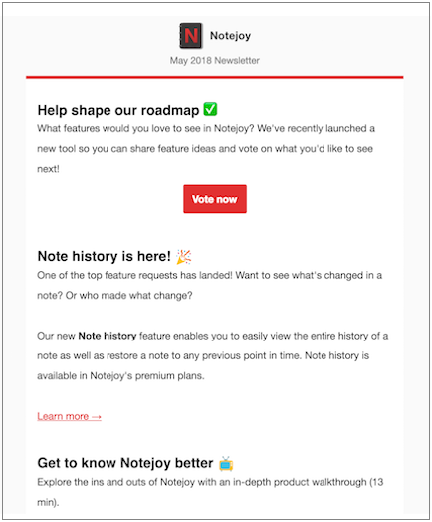
“Email is far from dead,” said Chen Rekhi, who also served as a senior vice president at Survey Monkey and product marketer at LinkedIn. “It’s one of the highest-performing channels because someone has already given you permission to be in their inbox.”
Customers have to opt-in to receive emails, demonstrating a higher level of interest in your company. This makes it easier to convert than other channels such as social media.
Businesses Send Marketing Emails Weekly or More Frequently
Businesses see the importance of sending marketing emails regularly.
The majority of businesses send marketing emails either daily (32%) or weekly (41%).
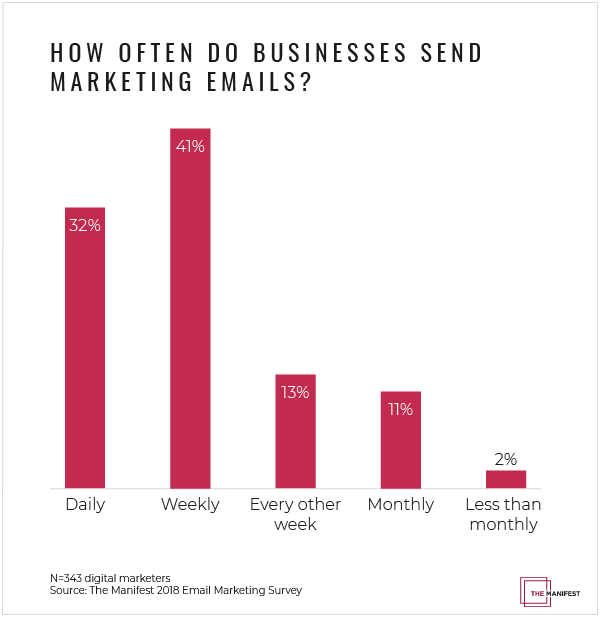
Businesses should consider their specific audiences when evaluating how often to send emails.
“If you’re a plumber, I’m pretty sure your customers don’t want to hear from you daily,” Mihm said. “If you’re a fashion, restaurant, or hospitality company, your customers do want to hear about daily trends or weekly specials. You have to think about the business that you’re in.”
Customers want to receive emails from different industries at different frequencies.
For example, RateYourSeats.com, an online ticketing company, sends a marketing email every two weeks. Consumers likely aren’t purchasing tickets more often than every two weeks, so that frequency makes the most sense.
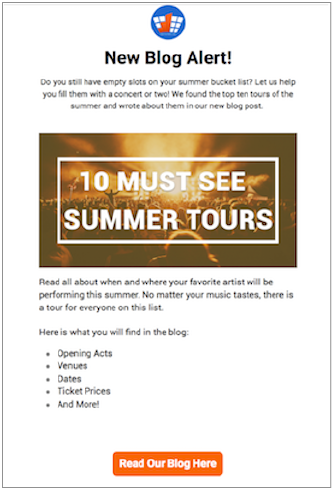
“We do not want to overwhelm our customers with emails, so we believe this is an ideal time frame,” said RateYourSeats.com Digital Marketing Specialist Angie Liti. “It is just enough time to keep our company fresh in our customers’ minds.”
Sending marketing emails every two weeks works for RateYourSeats.com because it is always at the top of customers’ minds when they are in the market for tickets.
If you aren’t sure how frequently your audience wants to hear from you, consider both their wants and your industry.
Larger Businesses Send Emails More Often
Larger companies are more likely to send emails frequently.
We found that 37% of businesses with more than 500 employees send marketing emails daily, versus 21% of businesses with 101 to 500 employees.
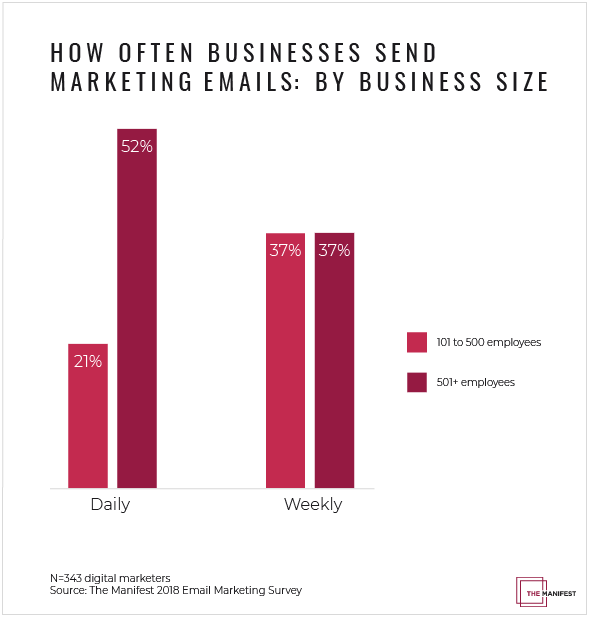
Larger companies’ tendency to send more emails could be due to their larger company base, experts say, but businesses have to be careful that they don’t send emails too frequently.
“If you have something important to say, then send an email,” said Ben Bradley, managing partner and creative director of digital marketing agency Macon Raine. “But sending too many emails is annoying. Your important news gets lost. If you believe that it’s going to be useful to your customers, then by all means, send it. If you suspect at all that they may not like it, it’s better to err on the side of caution.”
"If you have something important to say, then send an email. But sending too many emails is annoying. Your important news gets lost."
Only send emails when they are of value to customers – don’t send emails just to send emails.
For example, Houston On The Cheap, a website offering deals on events and products across Houston, sends two emails per week, one at the beginning of the week and one at the end.
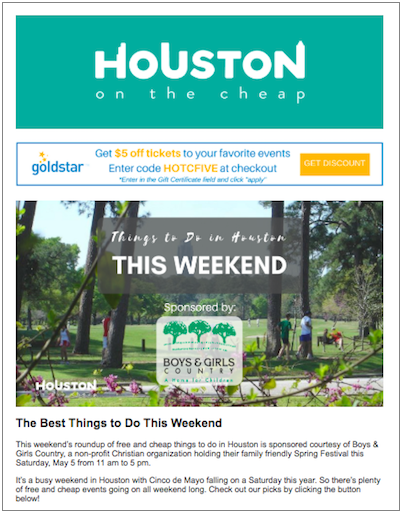
“It fits my audience’s needs,” said Managing Editor Eric Anthony. “They want to know what’s going on for the week, and come the weekend, they want to know what free or cheap events are going on.”
Houston On The Cheap found that sending two emails per week is ideal for its business and has the best ROI.
Some businesses have the most success sending emails every day, others find sending emails every other week makes the most sense.
Businesses Send a Variety of Emails
Most businesses send multiple types of emails to subscribers:
- Product/company updates
- Promotional emails
- Newsletters
- Event invitations
- Exclusive content
- Transactional emails
- Lead nurturing emails
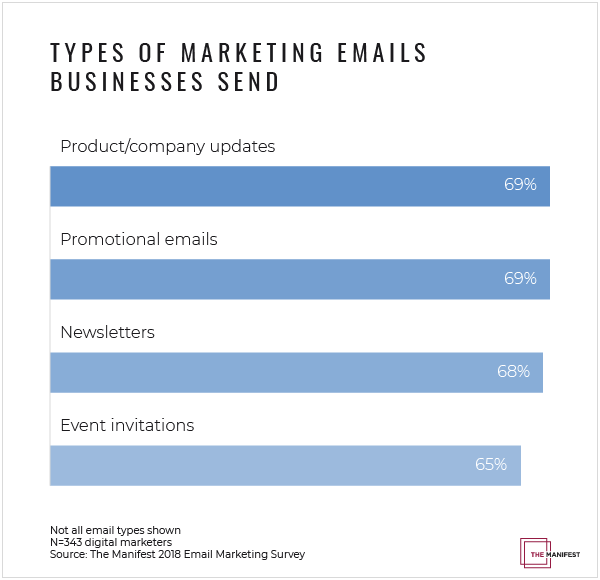
Businesses should inform customers of the types of emails they will send.
“The types of emails you send really do depend on who your audience is and what you told them before you started emailing them,” said HubSpot Demand Generation Marketing Manager Tova Miller. “If you have someone who subscribes to your blog and you tell them you’re only going to email them blog updates, then don’t consistently email them promotions.”
Sending a variety of emails can help keep subscribers engaged, as long as businesses are transparent about the types of emails they plan to send.
For example, YourParkingSpace, a website where consumers find and book parking spaces by the hour, day, or month, sends a variety of emails to subscribers who sign up. These emails include company updates, promotional campaigns, targeted campaigns, re-engagement campaigns, and a newsletter.
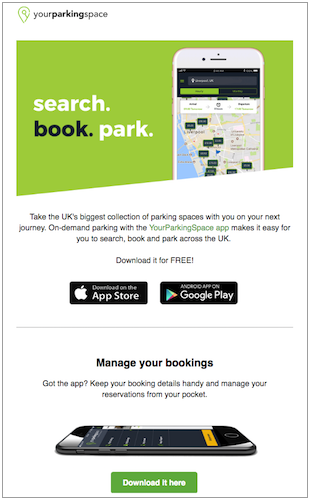
YourParkingSpace sends a variety of emails to keep subscribers interested in what it has to say.
“Being predictable will disengage your audience, resulting in unsubscribes and high bounce rates,” said Head of Marketing Tamar Sakadjian. “These categories cover the fundamental areas to ensure we’re not only keeping our subscribers engaged but also keeping them interested and looking forward to hearing from us.”
YourParkingSpace sends different types of marketing emails to keep customers intrigued, rather than bored by the same type of content.
YourParkingSpace’s email marketing is also transparent; when customers sign up for the service, they can choose to check a box if they “would like to be one of the first to hear about [its] new discounts and promotions.”
To increase transparency, you should update your unsubscribe page to show users a complete list of the emails they have signed up to receive – an increasing necessity with the new European Union GDPR rules that regulate how companies use consumer data.
Use Buyer Personas to Determine Audience Needs
The types of emails you send vary by customers’ wants and needs, and businesses can find these by developing buyer personas, or a representation of your ideal customer base.
“If you have a better understanding of your audience and you’re able to send more targeted emails, you’re likely to have higher engagement and see more revenue come in,” Miller said. “When you know your audience, you know how to provide something they want, and you’ll see better results.”
Developing buyer personas helps you get to know your customers and send relevant emails to them.
“If you’re a woman receiving emails from Macy’s about kids’ clothing when you’re not a parent, most of the time, that’s not relevant to you,” Chen Rekhi said. “In order to get email to really work, it really comes down to thinking through the world from a customer’s perspective.”
The type of email you send isn’t as important as sending emails that are applicable to customers in their buying journey.
Email Marketing Helps Retain Customers and Increase Engagement
Businesses use email marketing to accomplish a variety of goals.
The top goals businesses have for email marketing are growing and retaining their customer base (29%) and increasing engagement (22%).
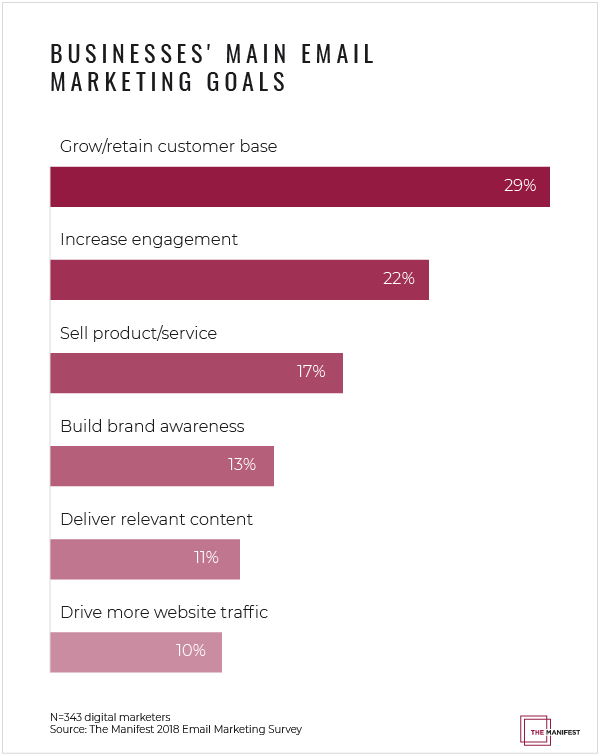
Email marketing is successful because it can reach customers without costing the business money.
“Email is one of the few lines of communication these days that you don’t have to necessarily pay to play,” Miller said. “If you’re able to get those people subscribed to your database for free, that’s huge. And once you have that customer base, you want to increase engagement because that means whatever you’re sending is actually working.”
Growing a customer base and increasing engagement go hand-in-hand: Businesses should first work on growing their customer base. Once you have a large subscriber list, you should focus on increasing engagement.
RSVP Style, an invitation and gift boutique in Fresno, Calif., uses email marketing to grow and retain its customer base and increase engagement.

“Customer loyalty is huge in our market, and we want our customers coming back to us,” said Gina Jelladian, owner and creative director of RSVP Style. “Email marketing helps us do just that by keeping the connection with the customer long after their purchase.”
Email marketing helps RSVP Style appeal to new and current customers and keep them interested enough to make another purchase.
With a large, engaged customer base, businesses can then focus on driving calls-to-action ranging from selling products to driving website traffic.
Email Marketing Goals Vary by Business Size
Businesses’ main email marketing goals depend on the size of a company.
Companies with 101 to 500 employees are more likely to use email marketing to grow and retain their customer base (34%) and build brand awareness (17%) than larger companies, which are more likely to use email marketing to increase engagement (25%).
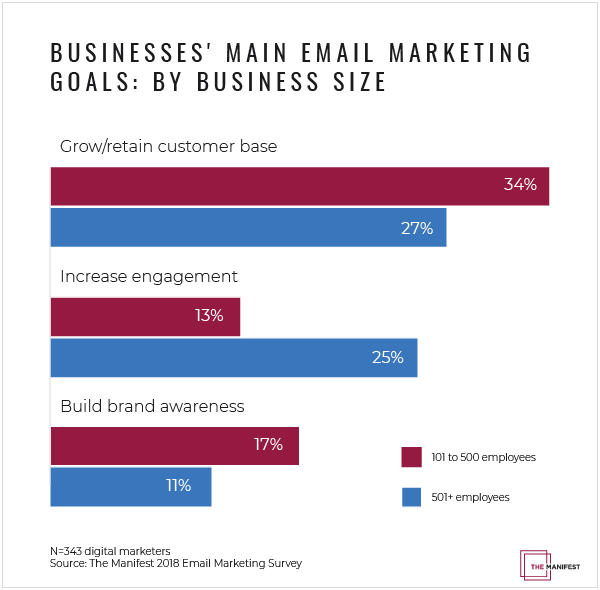
Small businesses use email marketing to spread word about their company.
“Small companies are trying to build a brand and become the 800-pound gorilla,” Bradley said. “Brand awareness and building customers are more important to the companies that don’t have a brand.”
While smaller companies are trying to establish their place in the market, larger companies that already have established brand awareness are more likely to use email marketing to keep consumers interested.
“As a consumer working with a big company, it’s easy to get lost,” Bradley said. “Larger companies want people to continue to interact with the brand and not get lost or feel like just a number, so engagement is important to them.”
Smaller companies use email marketing to attract customers; larger companies use it to keep customers.
Email Is Not Dead
Email marketing is a successful digital marketing strategy that spreads brand awareness and keeps consumers engaged.
Businesses send a variety of emails regularly to grow and retain their customer base and increase engagement with their brands. Businesses should consider their brand positioning, buyer personas, and goals when considering what types of emails to send and how often to send them.
Most businesses use email marketing because it works. Despite fears that email is dead, email marketing isn’t going anywhere.
About the Survey
The Manifest surveyed 501 digital marketers from companies across the U.S. with more than 100 employees.
Most survey respondents are managers (36%), associates (15%), C-level executives (13%), senior managers (12%), and directors (12%).
Nearly three-fourths (73%) of respondents are from B2C companies; 27% are from B2B companies.
About 29% of respondents’ companies had a 2017 revenue of less than $50 million; 32% $50 million to $500 million; 39% more than $500 million.
